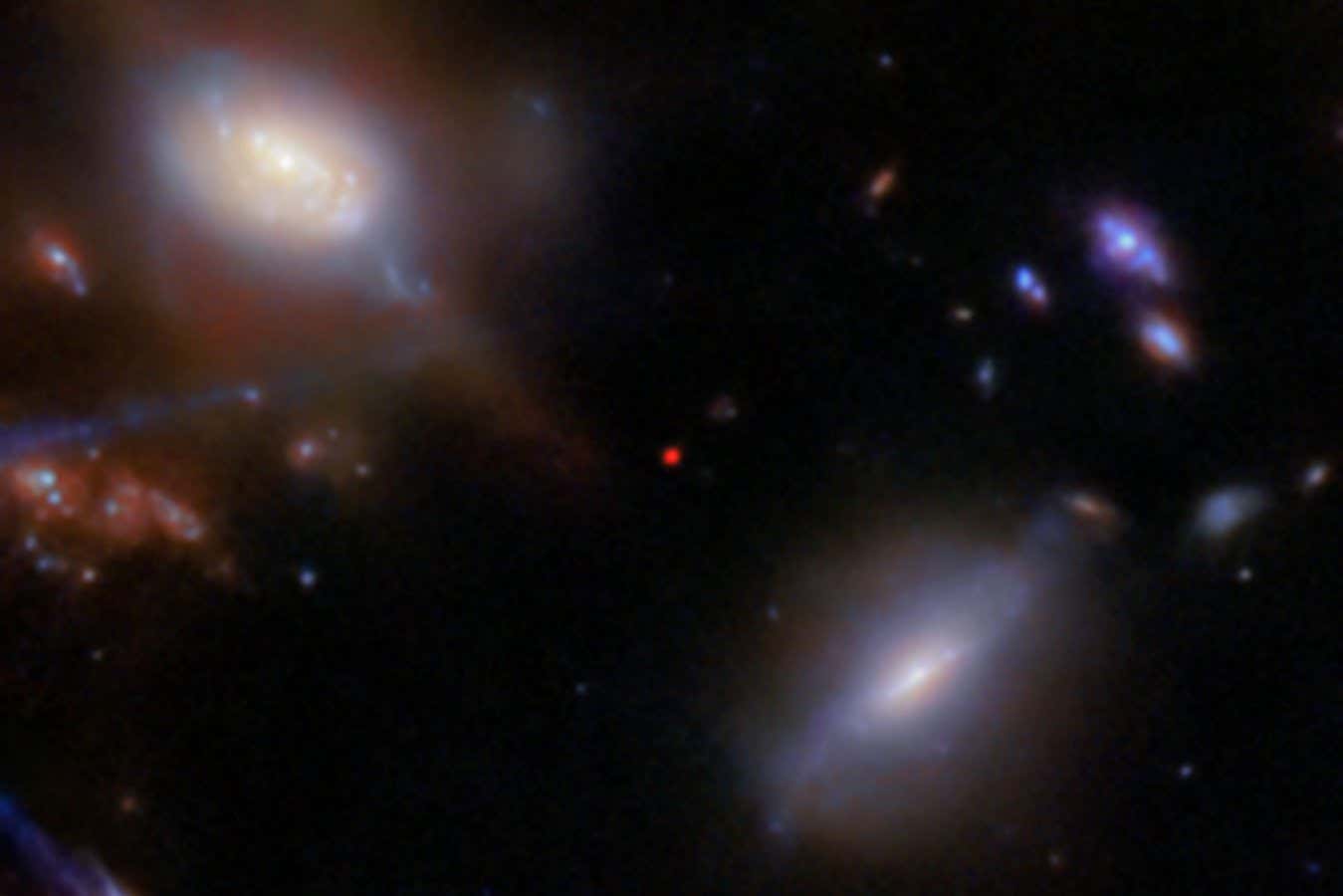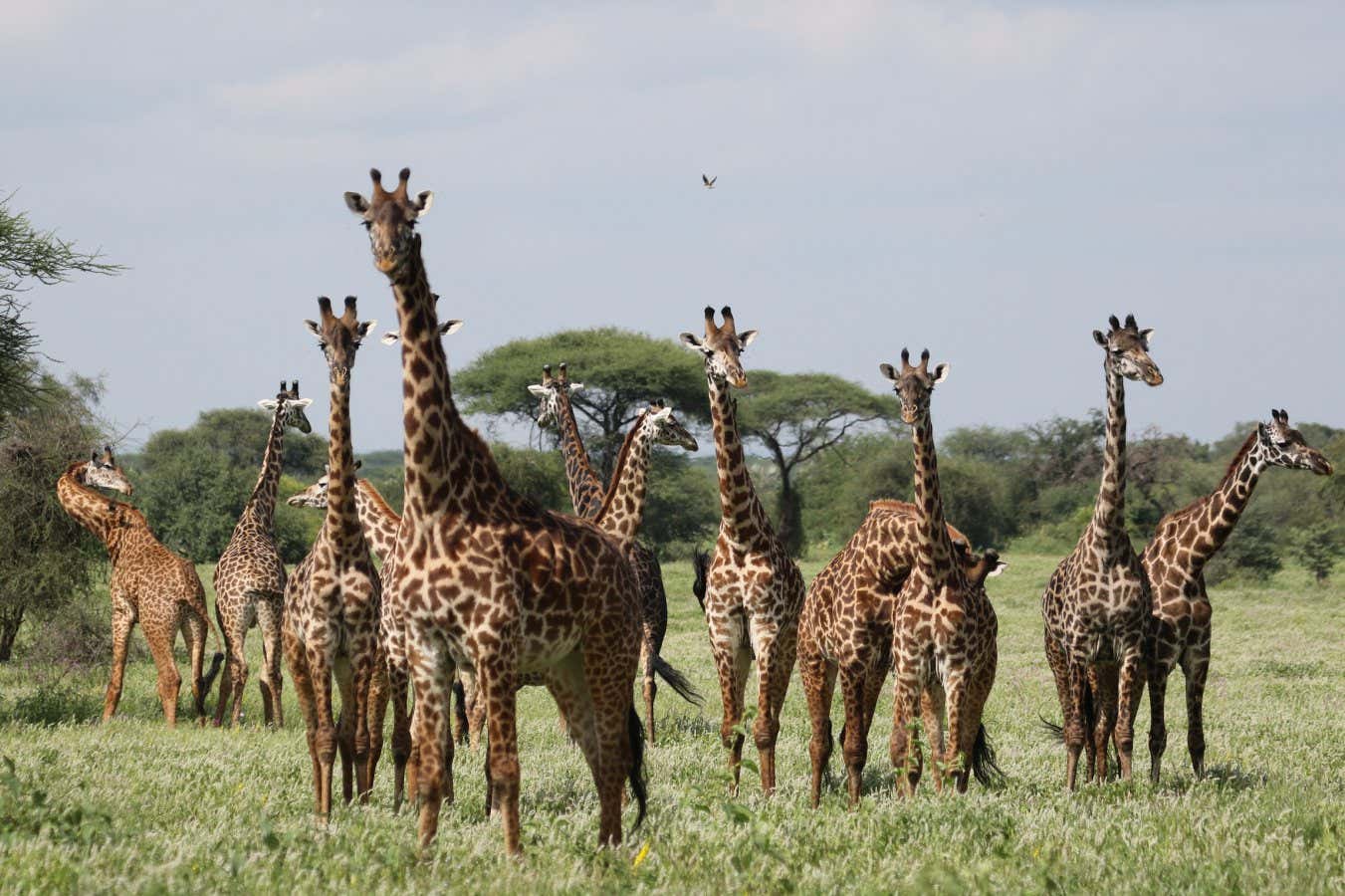Now Reading: Distant Galaxy Offers Glimpse of Early Cosmic Dawn
1
-
01
Distant Galaxy Offers Glimpse of Early Cosmic Dawn
Distant Galaxy Offers Glimpse of Early Cosmic Dawn

Swift Summary:
- Researchers using the James Webb Space Telescope (JWST) identified a distant galaxy, JADES-GS-z13-1-LA, dating back to 330 million years after the big bang.
- The galaxy is surrounded by a bubble approximately 200,000 light years across, suggesting its ultraviolet starlight interacted with cosmic hydrogen-a potential evidence of early cosmic reionisation.
- Cosmic reionisation marked the transition from the opaque universe filled with neutral hydrogen and helium to one where photons traveled freely, making space clear.
- Observations surpassed expectations as cold neutral hydrogen was thought to block ultraviolet photons at this stage. Scientists speculate massive young stars or possibly an early supermassive black hole may contribute to its shining emissions.
- This discovery establishes key benchmarks for understanding when galaxies emerged from darkness and points towards further candidates for even earlier stages of cosmic history.
!campaign=RSS%7CNSNS&utmsource=NSNS&utmmedium=RSS&utm_content=home”>Read More
Stay Informed With the Latest & Most Important News
Previous Post
Next Post
Loading Next Post...

























